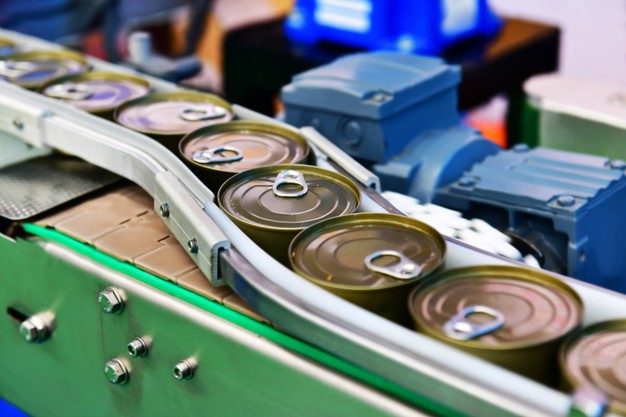For a number of years now, businesses around the world have been aligning themselves with a common goal: to minimize their contribution to the devastating levels of single-use plastics being sent out into the environment.
While it remains the case that many of the world’s leading culprits for plastic waste are not yet doing as much as they could in order to reduce the levels they contribute to landfill and oceans each year, the path forward is not quite as simple as it may seem to those on the outside. Read more below.
Marrying Sustainability with What is Sustainable is its Own Challenge:
Sustainable practices must prioritize the environment, but that is only half the story. By definition, pursuing sustainability means pursuing practices that can feasibly become the norm. It would be futile to pursue practices that are, on the face of it, ‘sustainable’, but which cannot last us for the next year, decade, century, etc.
In other words, we need to be selective about where we focus our efforts.
One prime example of this lies in the medical world – in particular, in the field of surgery, where single-use plastic and unrecyclable by-products are par for the course on any given day. Metal cannot replace the strong and flexible medical grade plastic used in the indispensable surgical retractor, just as eco-friendly fabrics will prove costly – and inefficient – replacements for disposable PPE.
The same goes for any other sector, although the medical world represents one of the most extreme examples, where sustainability cannot be achieved at the expense of patient safety, or individual hospital budgets.
Identifying Areas Where Progress is Possible – and Maintaining Focus on Them:
For many industries, identifying areas where progress is possible – and ensuring that progress is being made – is proving to be far more difficult than it may at first seem.
Take, for instance, the food distribution industry. In the fight against single-use plastic, much of our attention continues to be brought to plastic packaging on perishable foods, such as vegetables, meat, and fish – whereas, just a few years ago, we were hellbent upon ridding our routines of single-use plastic bags.
While it would make a considerable impact, ridding the supermarket of single-use plastic packaging is much less feasible than it may at first seem, and our distraction has derailed the initial effort against single-use plastic bags. In the UK, for instance, the leading supermarket chains sold 1.58 billion reusable plastic bags in 2019 – which equates to nigh-on sixty bags per household, and far more than the average family requires if they are reusing these bags indefinitely.
While much more needs to be done in order to mitigate the impact single-use plastics are having on the environment, a distinction is made in order to ensure that our efforts are focused in the right direction. A wholesale approach to plastic reduction will only prove unsustainable, and the only way to ensure lasting change is to be a little more selective about the areas in which we attempt to instigate mass change.
Read Also:






















